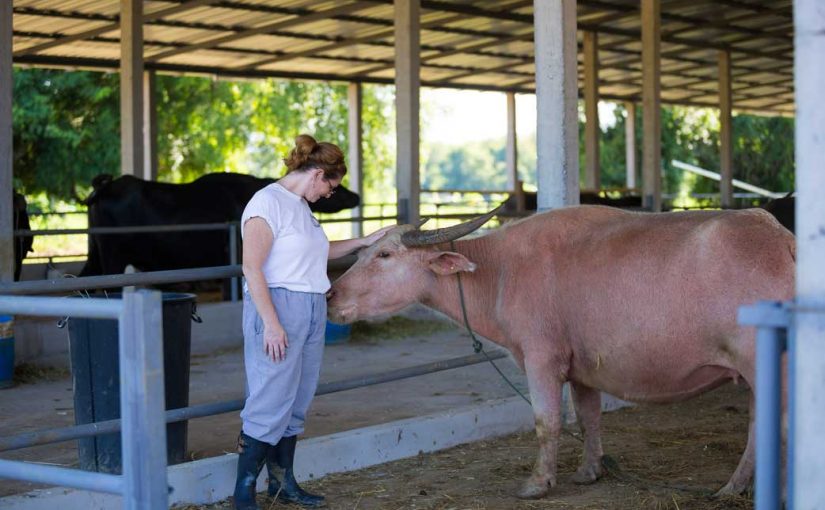It was an innocent question about buffalo curd that started four expats on a life-changing journey to rural Luang Prabang.
Australians Susie Martin and Steven McWhirter, and Americans Rachel and Matt O’Shea were living as expats in Singapore, half high-flying executives, half trailing spouses.
Yearning for a quieter life, Rachel and Susie came to Laos on a reconnaissance mission, taking in a cooking class in Luang Prabang with an eye to opening a hotel. Wandering through the morning markets with their instructing chef, Susie asked, casually, where they could buy buffalo curd. She was met with stares of horror.
It turned out that, incre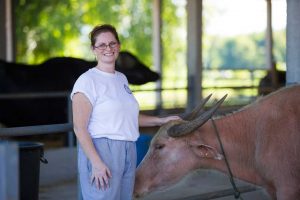 dibly for them, residents of Luang Prabang had no idea, in a land full of buffalo, that the beasts could be milked.
dibly for them, residents of Luang Prabang had no idea, in a land full of buffalo, that the beasts could be milked.
A more concrete idea began to take shape, even as the foursome moved their lives – including five children between them – to Luang Prabang in 2014, where they rented and ran a guesthouse.
After “some sleepless nights and much research”, the team decided that they could set up the country’s first buffalo dairy themselves, and that the local community could benefit in the process.
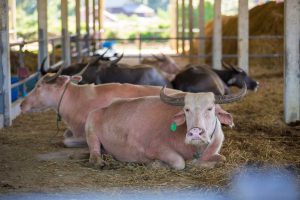
Their combined training was about as contemporary as you can get – lots of Googling and plenty of YouTube tutorials – before they negotiated to rent three buffalo from a local farmer. There followed six weeks of enthusiastic and much-talked-about daily milking – with a milling audience each day – before they finally had enough milk to bring back into town and start making some cheese.
 And not just mozzarella and ricotta, but also yoghurt, ice-cream and cheesecake, that
And not just mozzarella and ricotta, but also yoghurt, ice-cream and cheesecake, that
they shared with local food suppliers, grocery stores, restaurants and friends.
Upon tasting the product, all anyone wanted to know is when the dairy would begin in earnest.
Today, the Laos Buffalo Dairy is well and truly up and running, with 10 buffalo producing 60-80 litres of milk each week (and several more animals about to produce offspring). And while the animals don’t yield nearly as much milk as cows (less than 3 litres a day, while cows produce between 30-50 a day), the product is remarkably high in fat and proteins.
The farm rents each buffalo for around six months, longer if the milk is good, and quarantine and vaccinate pregnant animals against various diseases.
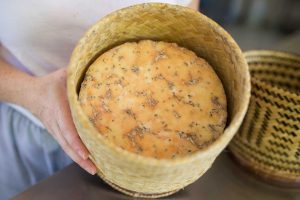 “We’re also working with the Lao government to implement a cross-breeding program to improve the genetic stock of local buffalo, which will mean healthier animals with higher meat and milk yield,” she says.
“We’re also working with the Lao government to implement a cross-breeding program to improve the genetic stock of local buffalo, which will mean healthier animals with higher meat and milk yield,” she says.
But, walking us through the milking shed, where we are required to wear protective clothing and rubber boots, Rachel tells us it wasn’t an easy journey.
“We realised what a massive undertaking it would be right from the beginning,” she says.
“Laos, being a developing country, is used to NGOs coming in for a specified period of time and spending a specific amount of money. We had a very hard time explaining that we were planning to be a sustainable business that would go on and on, as long as there was demand for the products we produced and farmers to work with.”
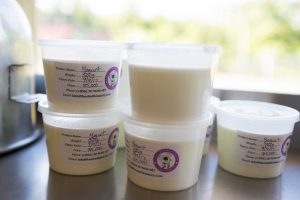
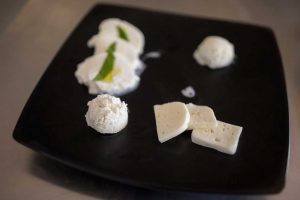 Even then, the team had to apply for nine different government licenses, interview staff and hire 25 “adventurous souls” prepared to help this team of crazy falangs realise their dream.
Even then, the team had to apply for nine different government licenses, interview staff and hire 25 “adventurous souls” prepared to help this team of crazy falangs realise their dream.
But they also knew from the outset the scale of the project’s potential.
Written by: Sally Pryor
Photos: Phoonsab Thevongsa
Originally Published in: Champa Meuanglao (Official Lao Airlines In-flight Magazine)


